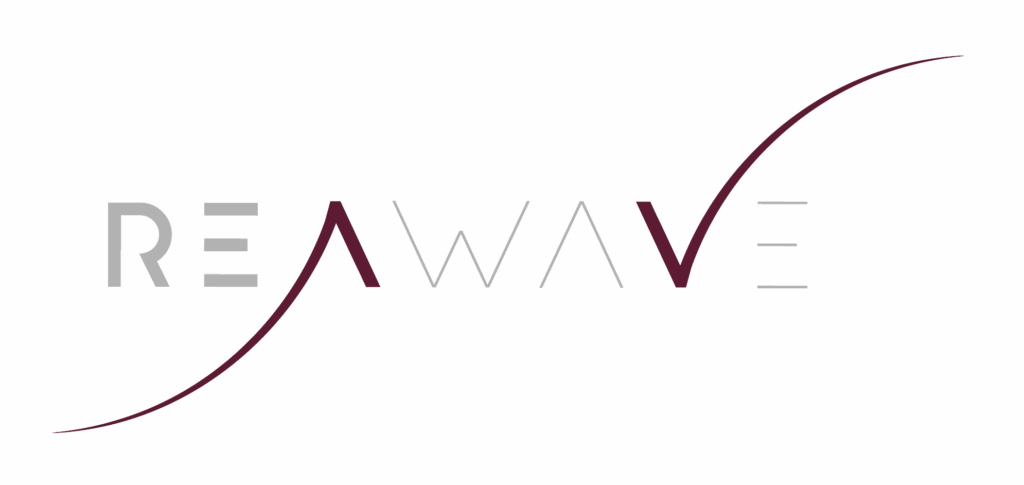Internal controls are the foundation of any organization’s financial health and compliance strategy. Designed to safeguard assets, ensure accurate reporting, and maintain regulatory compliance, internal controls are essential for minimizing risks and supporting confident decision-making.
In this internal controls guide, we explain everything you need to know, starting with the internal controls definition, moving through the main types of internal controls (preventative and detective), and offering practical steps for implementation. We also outline the limitations of internal controls so you can spot vulnerabilities and stay proactive.
What Are Internal Controls? (Internal Controls Definition)
Internal controls are structured processes and policies put in place to protect the accuracy and reliability of a company’s financial reporting while ensuring compliance with applicable laws and standards.
Beyond fraud prevention, these internal control procedures help improve day-to-day operations by enforcing budget discipline, guiding employee actions through clear policies, and producing dependable financial statements.
Implementing strong internal controls allows businesses to manage risks more effectively, resolve cash flow challenges, and provide trustworthy data to support informed decision-making by management.
Why Internal Controls Are Important?
Internal controls play a vital role in assessing the effectiveness of a company’s governance framework, accounting systems, and compliance efforts. Through internal audits, businesses can evaluate whether their processes align with regulatory requirements and if financial data is being reported accurately and on time.
These procedures not only promote legal compliance but also help detect operational inefficiencies early, allowing management to correct issues before they escalate or are flagged during external audits. This proactive approach strengthens transparency and accountability across the organization.
Types of Internal Controls
Internal control types are as follows:
Preventative Internal Controls
Preventative controls are designed to stop errors or fraud before they occur. These measures rely heavily on proper documentation, approval protocols, and segregation of duties.
An example for preventive internal control is – no single employee being responsible for authorizing, recording, and handling a transaction and all its related assets. This separation reduces the risk of misappropriation or manipulation.
Examples of preventative internal controls include:
- Authorization of invoices and verification of business expenses
- Restricted access to physical assets such as inventory, cash, and equipment
- Enforced approval processes for transactions and procurement activities
By clearly defining roles and limiting access, preventative controls help maintain oversight and accountability across operations.
Detective Internal Controls
Detective controls serve as a second line of defense. Their goal is to identify and flag errors, discrepancies, or irregularities that may have bypassed the initial safeguards.
Reconciliation is one of the most critical detective controls. It involves comparing two or more sets of data, such as bank records and internal ledgers, to detect inconsistencies. If discrepancies are found, corrective measures are taken promptly.
Additional examples of detective internal controls include:
- Internal audits to review asset management, such as inventory counts
- Independent external audits conducted by professional accounting firms
Together, preventative and detective controls form a robust internal controls system that safeguards financial accuracy, supports regulatory compliance, and ensures operational integrity.
Your Internal Controls Guide
An effective internal controls system relies on well-defined processes, oversight, and separation of duties. Below is a practical guide covering key internal controls procedures every organization should implement to minimize risk and enhance operational integrity.
Implement Segregation of Duties
To prevent misuse of authority and errors, no single employee should have control over all aspects of a financial transaction. This means:
- The individual who initiates a transaction should not be the one to approve, record, and complete it.
- Separate roles for purchasing and payment processing help reduce risk.
- The person who signs checks should not also prepare or authorize them.
Strengthen Authorization and Oversight
Ensure that all financial activities, purchases, payroll, and disbursements, are authorized by designated personnel. Supervisors should verify employee timesheets before payroll is processed, and a separate person should distribute paychecks. In smaller agencies where segregation is difficult, assign a board member or external party to independently review critical functions.
Monitor and Reconcile Regularly
Consistent reconciliation is a cornerstone of effective internal controls. Best practices include:
- Monthly reconciliation of bank accounts by someone independent of the bookkeeping and check-signing process.
- Matching bank statements and canceled checks with internal records to detect unauthorized or out-of-sequence transactions.
- Signing and dating reconciliations to confirm review.
Control Use of Credit and Agency Assets
To prevent misuse, limit and monitor the use of agency credit cards and physical resources:
- Credit card use should be business-related only, with written policies and spending limits in place.
- Require itemized, original receipts for all purchases.
- Restrict the number of cards and ensure staff understand the policy.
- Periodically audit expense reports, credit card charges, and use of equipment or vehicles.
Establish Board Oversight and Governance
The Board of Directors should be actively involved in financial governance:
- Review financial activity regularly, comparing actual vs. budgeted figures.
- Document approval of financial policies, major expenditures, and performance reviews in board meeting minutes.
- Evaluate leadership, approve the hiring of consultants, and require external auditors to present annual financial statements.
Maintain Written Policies and Procedures
All fiscal operations should follow written, board-approved procedures. These should cover areas such as:
- Cash disbursement protocols
- Employee attendance and leave tracking
- Expense and travel reimbursements
- Petty cash handling
- Purchasing guidelines
- Conflict of interest declarations
Regular updates and employee training on these policies ensure consistency and accountability.
Protect Cash, Checks, and Petty Funds
Strong internal controls over cash management help prevent loss and theft:
- Keep petty cash in a locked drawer and require detailed receipts for every disbursement.
- Prohibit checks payable to cash and deface voided checks to prevent reuse.
- Issue receipts for all incoming cash and deposit funds promptly in their original form.
- Conduct surprise cash counts and daily reconciliations of received funds with documentation.
Prevent Conflicts of Interest and Related Party Transactions
Transparency is key to maintaining public trust:
- Maintain an annually updated conflict of interest policy.
- Disclose and approve all related party transactions through the Board.
- Avoid hiring relatives or engaging in business with Board members or staff without formal review and competitive bidding.
Limitations of Internal Controls
While internal controls are vital for maintaining financial integrity and compliance, they are not without weaknesses. Even a well-designed system has inherent limitations that businesses should be aware of when building or evaluating their control environment.
Here are some internal control weaknesses you should look out for:
Human Error and Manual Processes
A major drawback of internal controls is the reliance on manual intervention, which introduces the risk of human error. Mistakes may occur due to oversight, lack of training, or simply fatigue. In some cases, errors may be intentional serving as entry points for fraud or collusion.
Managing frameworks through spreadsheets or outdated tools can be inefficient and error-prone. These methods often lack the precision and assurance required for reliable compliance reporting.
Too Many Controls Can Backfire
While missing or weak controls are clearly a risk, having too many controls can also be counterproductive. According to Compliance Week, overloading your system with unnecessary or redundant controls may dilute focus from the key internal controls that truly mitigate risk. This can lead to gaps in effectiveness, increase testing burdens, and complicated compliance.
Inconsistency Across the Organization
When organizations grow through mergers, acquisitions, or departmental silos, inconsistent internal controls procedures often emerge. These mismatched approaches make it difficult to apply a unified strategy for control testing, reporting, or optimization, leading to inefficiencies and potential blind spots in risk management.
Collusion and Fraud
Most internal controls rely on segregation of duties to minimize the risk of fraud. However, these safeguards can be bypassed if two or more employees collude to exploit the system together. Collusion makes it significantly harder to detect fraudulent activities, particularly if each participant plays a separate role in the financial process.
Management Override
One of the most significant limitations of internal controls is management override. Executives or senior managers may intentionally bypass controls to manipulate financial outcomes, cover up losses, or achieve performance targets. Since management typically holds the authority to implement or change controls, oversight mechanisms must be in place to detect such activity.
Outdated or Static Controls
Internal controls must evolve with changing regulations, business models, and emerging risks. Static controls that are not regularly reviewed or updated may fall out of sync with industry standards or compliance requirements. Without regular audits and updates, businesses risk relying on outdated procedures that no longer offer sufficient protection.
Have an audit coming up? Read our guide on best practices during an audit to be prepared.
A well-designed system of internal controls doesn’t just protect your finances, it strengthens your entire organization. From improving reporting accuracy to enhancing compliance and reducing fraud, the right controls offer significant long-term value.
However, it’s equally important to recognize the limitations of internal controls, such as human error, management override, and static systems that fail to keep pace with evolving risks. By staying vigilant and updating your internal controls regularly, you can reduce vulnerabilities and align with industry best practices.


